By Eric Niderost
Robert Morris Peck was strolling the streets of Cincinnati one brisk November day when a yellow poster outside a boarding house caught his eye. After the bold headline “wanted,” he read: able-bodied, unmarried men between the ages of seventeen and forty-five to enlist as soldiers in the First Regiment, U.S. Cavalry. It was 1856, and the 17-year-old printer’s apprentice had a restless, peripatetic nature and an innate thirst for adventure.
Peck had always been interested in the West, eagerly devouring all the books he could find on the subject. His favorites were James Fenimore Cooper’s “Leatherstocking Tales,” and he thrilled to stories of wild Indians and courageous mountain men. But factual accounts, such as the exploits of “pathfinder” John Charles Fremont, were not to his taste.
The young apprentice also chafed at the mindless drudgery of the printer’s trade, and was certain that such an indoor, confined existence was making inroads into his health. The West, with its wide open spaces under an azure sky, promised health as well as adventure. Peck considered his options. As he explained years later, “Newport Barracks was the permanent recruiting station, just across the Ohio River from Cincinnati, and separated from Covington, Kentucky, my home, by the Licking River.”
But on reflection he realized that Newport Barracks was a place where you might be sent to any part of the service that needed men—infantry, artillery, or cavalry. He might linger at the Barracks for a long time awaiting assignment. But here was a recruiting center exclusively for the First Cavalry, and horse soldiers retained a strong element of glamor and romance.
Peck entered the building and met recruiting sergeant William Carroll, an old soldier with a martial air and a talent for spinning stories designed to make army life attractive. Carroll could have saved his breath, because Peck had already made up his mind to enlist. But there were still a few details to work out, mainly the fact that he was underage and would need permission from a parent or guardian.
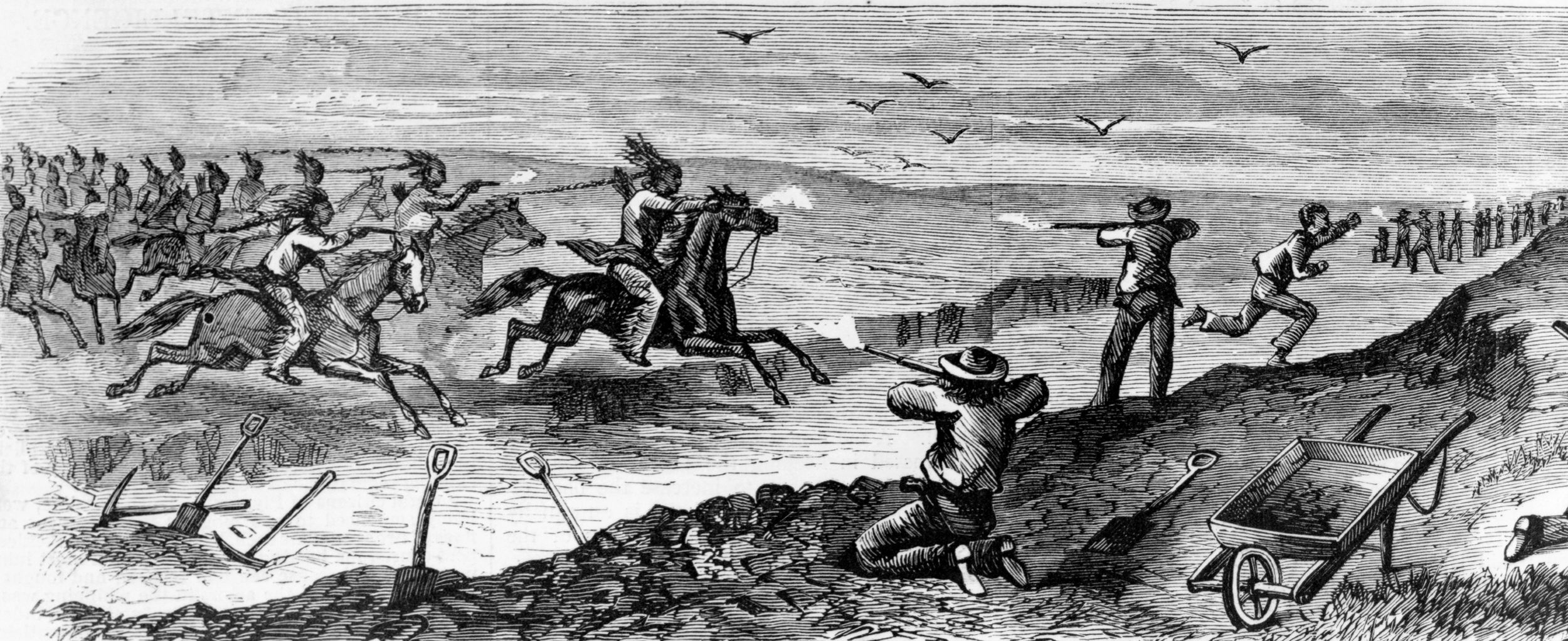
Peck’s family didn’t know of his desire to join the army, and he hoped to keep it that way as long as possible. A plan was hatched in which Carroll would happily accept permission papers that were essentially forged by the youth. Following a brief interview by a Lieutenant Wheaton, Carroll took the young man to Newport Barracks for a physical examination.
The post doctor pronounced Peck fit, but remarked that he was “peaked,” “delicate looking,” and “only a boy.” Peck agreed, but blamed most of his appearance and uncertain health on the monotonous printing job he had endured for three years. The doctor wryly commented that indeed the “soldier’s life is a good thing for you physically—that is, it will either kill or cure you.”
Once he was sworn in for a five year “hitch,” it was a matter of waiting until the ice melted on the Mississippi the next spring. Once the river was navigable, a steamer would take Peck to Fort Leavenworth, the official headquarters of the First Cavalry Regiment and the hub of all military matters pertaining to the vast American west.
Since the Mississippi was generally ice-bound and closed from December to March, there was ample time to learn the basics of soldiering at Jefferson Barracks, a facility on the banks of the river about nine miles below St. Louis. It was nearing the end of February when Peck and about 300 other recruits boarded two steamboats for Fort Leavenworth. He always remembered that bitterly cold journey, where the trees that grew along the riverbank were festooned with long icicles
He was assigned to Company E, commanded by Capt. Samuel Sturgis. Though a firm believer in discipline, the captain was also a fair man and well liked by his company. Though he seems to have done well at Jefferson Barracks, Peck was still an apprentice soldier with much to learn. He was fortunate enough to have old soldiers willing to take him under their wings, and was smart enough to heed their advice on army life.
New recruits like Peck found life highly regimented, with a daily round of assigned tasks from early morning to the coming of night. Reveille sounded at 5:30 a.m., then the troopers marched to breakfast. After a simple repast—maybe coffee, a slice of salt pork, bread—it was off to the stables for 90 minutes of “stable call.” It was an era when horses—especially draft animals—were treated with callous indifference or outright cruelty. In cities like New York the poor beasts that pulled the various wheeled vehicles were worked to death, their emaciated corpses left in the street where they fell.
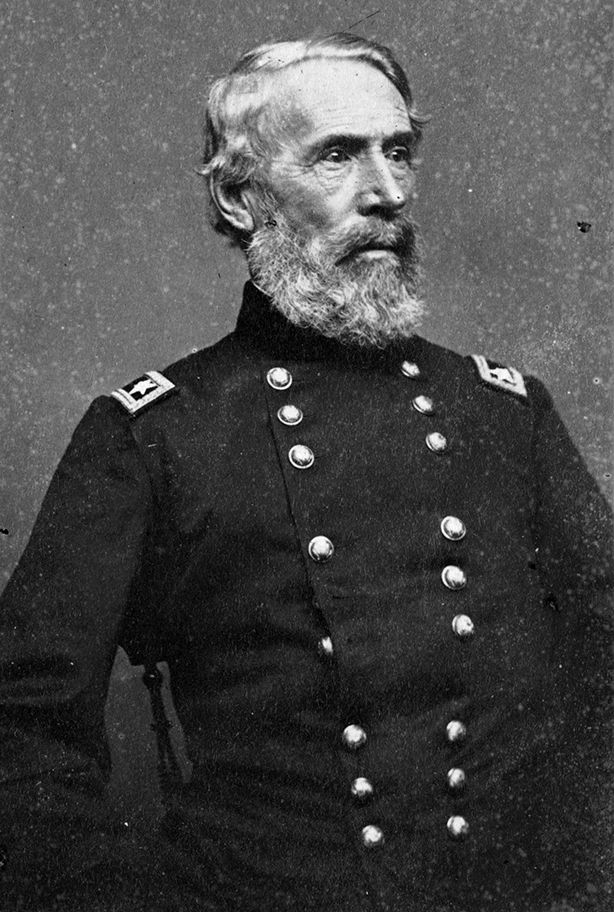
It was different in the cavalry. Peck recalled a sergeant who said “Horses must be nursed with great care, and everything must be done for the comfort of the horse.” The young trooper was also told “our cavalry unit’s efficiency depended entirely on the condition of our horses.” Stable call meant the troopers watered, fed, and groomed their mounts. Peck’s horse was a “solid colored” mare, with a three inch high “US” on its left shoulder that marked her as government property.
After stable call, it was time for mounted drill from 8 a.m. to 10:30 a.m. In the afternoon there would be more equine care. “Twice a day,” remembered Peck long after, “we’d lead our mounts to the picket line, where we’d use a curry comb, brush, and [hoof] pick.” The tasks included sponging the horse’s eyes and nostrils. Horse care was of such importance that troopers on campaign were issued small grooming kits for ministrations on the trail.
On an average day, five hours were devoted to horse care and mounted drill, and after that there were more duties to perform. Guard duty was particularly dreaded as a tedious exercise of excruciating boredom. Peck’s motto seemed to be, as he once put it, “Grin and bear it.” Yet he was still young enough to retain something of his boyish desire for high adventure on the plains. Sooner or later the cavalry would be called out to “chastise” the native Americans and Peck could hardly wait.
The First Cavalry was part of a modest expansion of the army in 1855. With the addition of two infantry regiments and two cavalry regiments the Army’s numbers were now 17,867 officers and men. The public generally despised the military, save when the nation was at war. In times of peace soldiers were considered the dregs of American society, its ranks filled with the lazy, the ignorant, the drunkards, or the cast-off human refuse of foreign nations.
This description, like most stereotypes, has some elements of truth. Alcoholism was a problem for officers and men alike, but the public gave little thought to the isolation and hardship that might turn a soldier to drink. And the foreign element was a large one. In 1850 about 60 percent of the regular army rank and file were foreign born. About half were Irish, and about one fifth were German. Native-born Americans who joined were mostly unemployed or, like Peck, seeking excitement and adventure in a mythic West.
Army life was strict, and any miscreant guilty of “conduct prejudicial to the good order and military discipline” could expect a wide range of “corrections” placed upon them, including time in the guard house (jail) on a diet of bread and water, or hard labor with a heavy ball and chain around their leg. Flogging was falling into disuse for all but the most serious offenses, such as desertion.
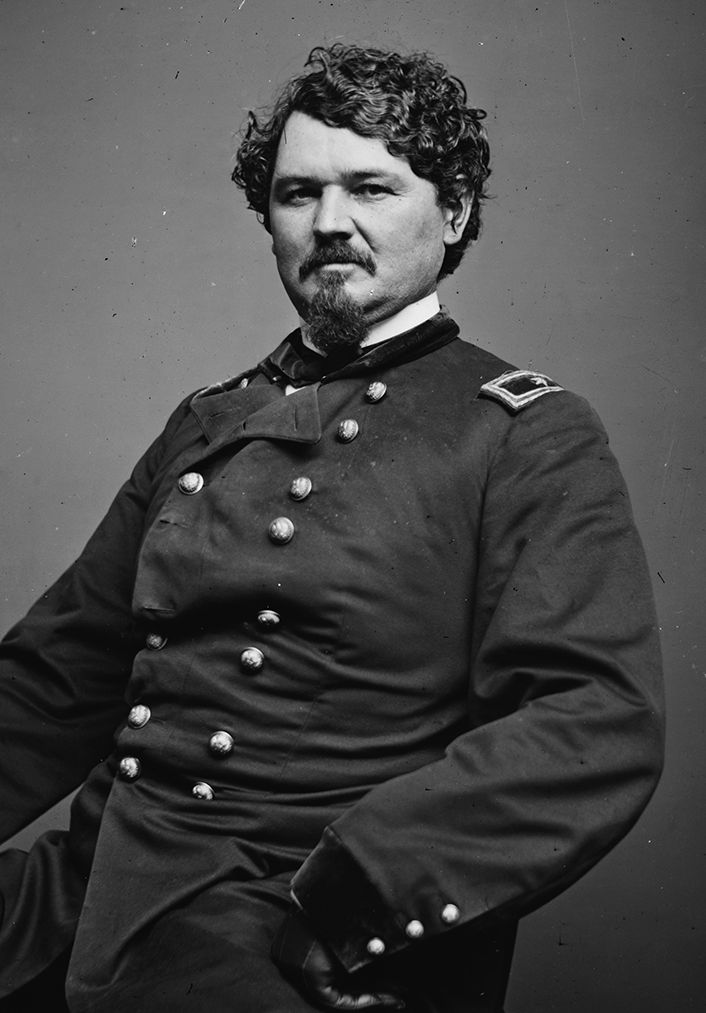
Private James Murphy, Company E, First Cavalry, was a happy-go-lucky Irishman with a fondness for alcohol and an independent spirit that set him at odds with his commander, Capt. Samuel Sturgis. One day the company assembled as usual, each man beside his horse, while they waited for Sturgis to command them. When the Captain ordered “Mount,” each trooper swung into the saddle but Murphy, probably drunk, had some difficulty.
The Irishman put the wrong foot in the stirrup, and ended up backwards facing the horse’s tail. The troopers around him began to snicker, but Murphy paid them no mind. Sturgis, hearing the commotion, walked over and was incredulous. “Murphy,” said the Captain, “ how the hell did you get yourself in this fix?” Sitting contentedly backwards staring at his mount’s rear end, the private answered,“I think, sir, the ould beste [old beast] must have turned around as I was getting up here!”
By this time the mounted troopers had their own problems, manfully trying to suppress the urge to laugh out loud. Capt. Sturgis found little humor in the situation, and before long the Irish “comedian” was behind bars in the guardhouse. But such diversions of garrison life were soon replaced by preparations for a major campaign against the Cheyenne.
In 1851 a number of tribes—the Cheyenne included—signed the Treaty of Fort Laramie, a pact that was supposed to bring lasting peace between the Native Americans and the United States. But as the years went on the Cheyenne discovered their way of life was threatened by white encroachment. On the eastern flank of Cheyenne lands the territory of Kansas had been established and was quickly filling up with settlers. Gold prospectors roamed Cheyenne territory and emigrant wagon trains bound for Oregon or California scared off the buffalo, a major food source.
Tensions mounted, and violence erupted, with innocent victims on both sides. When two natives approached a wagon driver to ask for tobacco, the teamster took fright and shot at them. In response they fired arrows in his direction, wounding him in the arm. In retaliation for the incident a hot- headed Capt. George Steuart and his troopers charged a group of unsuspecting Cheyenne, killing ten and wounded eight.
Now convinced the whites wanted war, the Cheyenne responded accordingly. Emigrant wagon trains were attacked, including a small Mormon party that suffered several deaths, including a child. It was these wagon train assaults that prompted Secretary of War Jefferson Davis to order a full scale punitive campaign against the Cheyenne.
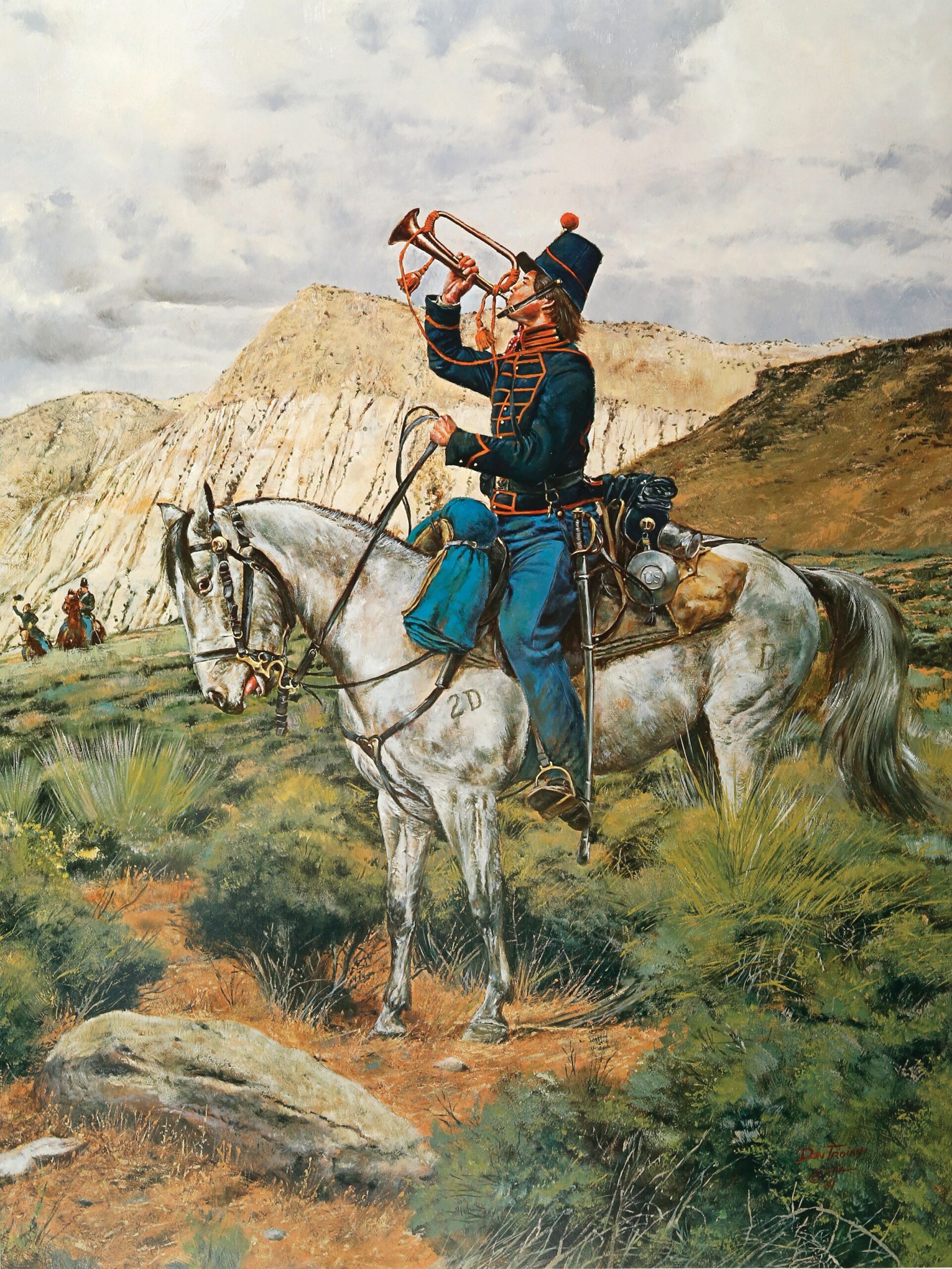
This was to be a major effort, with a southern wing commanded by Maj. John Sedgewick and a northern wing headed by Col. Edwin Vose “Bull” Sumner. The two columns would execute a pincer-movement, meeting on or about July 4th, at a point midway between what are now Denver, Colorado, and Cheyenne, Wyoming.
Sumner’s command would be Company A and B, First Cavalry, but would be augmented by Companies E and H of the Second Dragoons when he reached Fort Kearny. Additional troops would join Sumner’s column when they arrived at Fort Laramie, namely Companies C, D, and G of the foot-slogging U.S. Infantry. U.S .Dragoons would also augment the cavalry portion of the expedition.
Bringing up the rear would be 50 mule-drawn supply wagons, a remuda of spare horses and mules, a herd of cattle for meat rations “on the hoof,” and two “Mountain” howitzer artillery pieces. The southern wing under Major Sedgewick would also include two artillery pieces, a substantial wagon train, and cattle for fresh meat. Nothing, it seemed, would be left to chance.
On May 18, 1857, the southern wing of the Cheyenne expedition left Fort Leavenworth, its departure marked by martial pomp and ceremony. The men were dressed in their standard blue shell jackets trimmed with yellow. Black felt headgear was turned up on one side in a manner reminiscent of what was styled a “Hardee” hat. Formed up in a column of fours, the troopers made their official departure at 9 a.m.
A mounted brass band was on hand to provide music suitable to the occasion, and Col. Sumner was on a small reviewing stand ready to take the salute of his men on parade. Ramrod straight, resplendent in a blue tunic that featured a double row of gleaming brass buttons and eagle shoulder boards, he had dark hair and a dark mustache quite unlike his later white-haired Civil War photos. His hat was off, and he was surrounded by a cluster of officers there to witness the occasion.
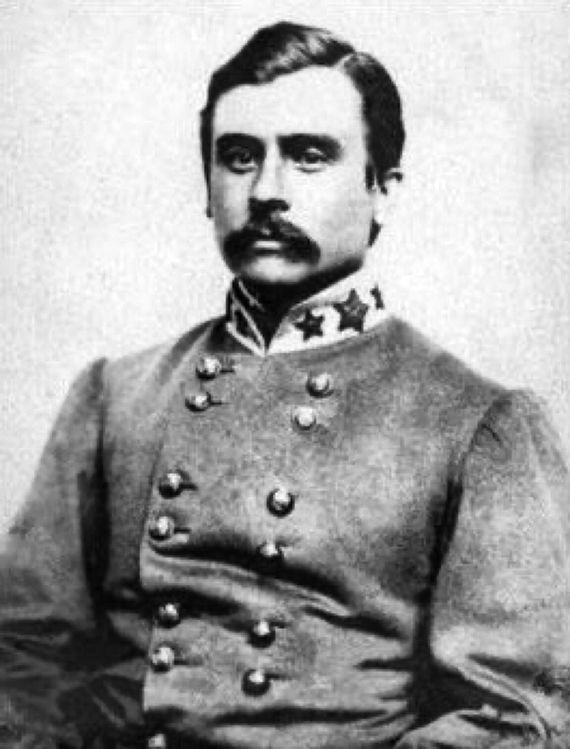
As each company went past the reviewing stand, its captain ordered “present sabers!” and the troopers saluted the silent figure in blue. The brass band played “The Girl I Left Behind Me,” a stirring song of departure appropriate to the occasion. Sumner would be leading the northern wing of the Cheyenne expedition set to leave Fort Leavenworth the next day.
Private Peck was with Company E of the Sedgewick wing, and wrote about his experiences in vivid detail almost 45 years later. At Salt Creek, about three miles from Leavenworth, the column halted to allow the cumbersome but necessary supply wagons to catch up. After about eight months in the cavalry Peck was thoroughly acquainted with the routine of garrison life, but the daily life of a trooper on campaign was a whole new learning experience.
As the column headed in a southwesterly direction there were a few scattered hamlets to be seen, and a Mr. Lowe ran a solitary blacksmith shop in the middle of nowhere, but finally there was nothing but the vast Kansas plains stretched endlessly before them. The column crossed the Kaw River, a stream that could be forded on horseback, but the wagon train needed to be ferried across by flatboats.
The Sedgewick command entered the fabled Sante Fe Trail just after crossing the Kaw a few miles west of Topeka. This was the stuff of legend, the artery of trade to the Hispanic southwest, a route familiar to Peck’s boyhood heroes Jim Bridger, Kit Carson, and Jedediah Smith. Though Santa Fe was now U.S. territory, the column still met wagon caravans from the city traveling west to trade.
Private Peck, now 18, was keenly aware he was living out the western adventure he dreamed of since boyhood. The Santa Fe Trail took them to the Arkansas River, but en route there were more wonders to behold. Vast colonies of prairie dogs were to be seen, “and throughout the trip we were seldom out of sight of these interesting little animals.” But sightings of buffalo—technically bison—grew more frequent, the herds ever larger, until while crossing a stretch about eight miles between Plum buttes and the Arkansas River the column was threatened by a herd so “vast in extent that we could see no end in flank or depth.” The stampede was an undulating brown carpet of 15,000 to 20,000 beasts, a tsunami of hooves and horns and shaggy bodies that threatened the entire column with annihilation.
An adult male buffalo can weigh a ton, and for their bulk they are amazingly swift animals that have been clocked at 30-35 miles an hour. Something had spooked them, and they were now in full gallop. As the leading edge of the brown mass grew closer, a ground-shaking rumble audibly added to the visual terror.
“Sturgis,” cried Major Sedgewick, “what’ll we do?” Luckily Captain Sturgis had frontier experience, and with Sedgewick’s grateful approval, took temporary command, The wagon train circled, forming a protective barrier for the cattle herd and other animals, while the troopers dismounted—every fourth man a horse holder—and ran double-quick time to get in line.
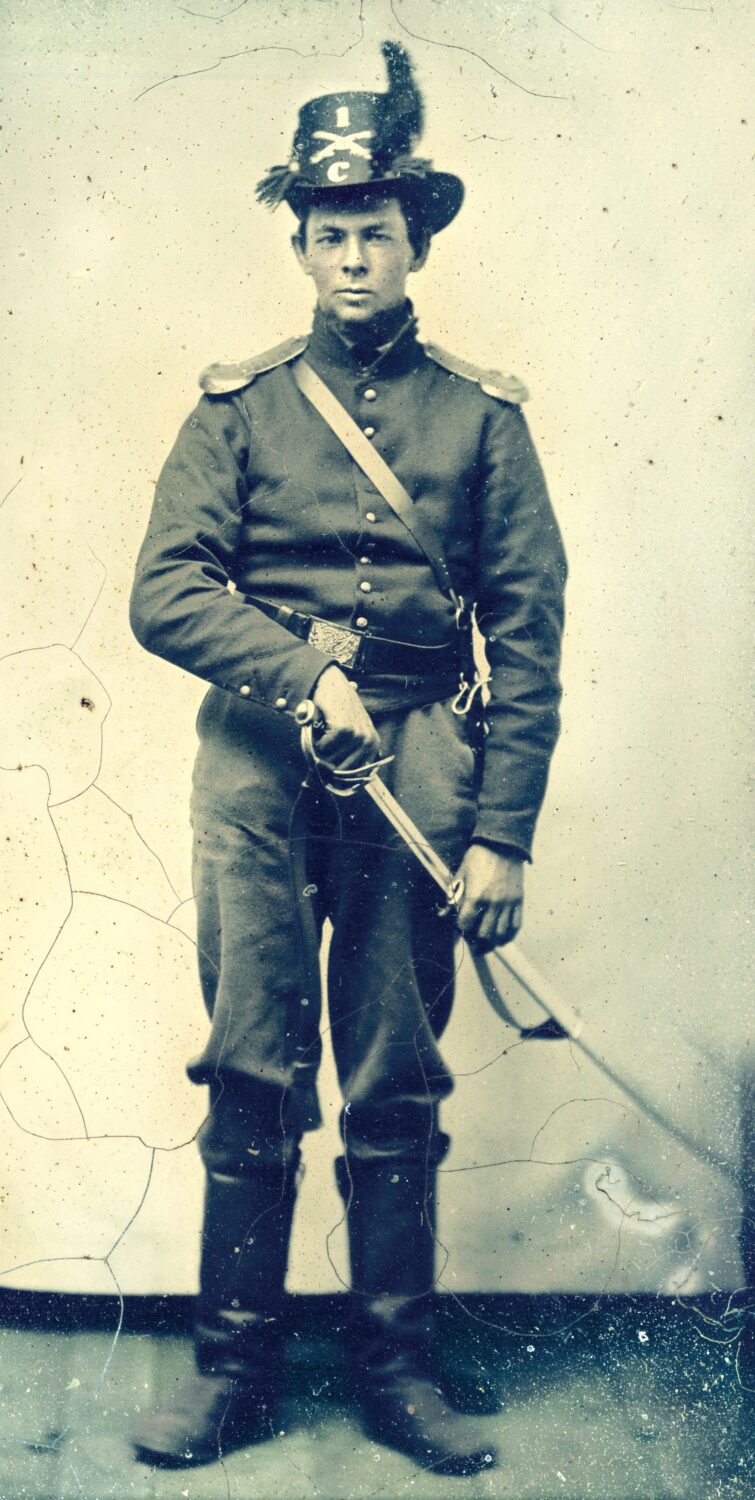
“Our flanks were turned back,” remembered Peck, “forming us in the shape of a huge V, with the point towards the coming herd, and the open ends of the V enclosing our horses and (wagon) train.” Peck was scared, really scared, for it seemed the “torrent of brown wool” could not be stopped, and what “would be left of us when the avalanche of horns and hooves sweeps over us?”
“Commence firing!” Sturgis shouted over the din of pounding hooves, and the troopers blazed away at will. Like a ship’s prow, the wedge of gunfire parted the brown torrent. As ammunition ran low, more was brought up, but it was almost a half an hour before the herd fully passed and the danger was over. Scores of buffalo lay dead or wounded before them, and some of the less badly injured actually limped away to try and rejoin the herd.
The troopers made sure that some of those fallen animals would be added to the column’s food larder. Pioneer travelers sometimes sang the praises of buffalo meat, and of course it was an indigenous mainstay, but Private Peck didn’t like it. Younger animals might be tender enough, but overall Peck found buffalo meat to be lean, stringy and tough. He preferred meat from the cattle that accompanied the column.
The rendezvous with the Sumner column was accomplished without a hitch, on July 4, 1857. The command had native scouts, including Delaware, led by Chief Fall Leaf. They were good guides and also proficient hunters, and were highly regarded. The expedition now had six companies of the Sixth Infantry to boost their numbers—good firepower for defensive actions, useless when in pursuit of swift-moving Cheyenne on horseback.
It was now a question of tracking down the Cheyenne. The column was near the South Platte River, in what’s now Colorado. and were going to strike east, probing the plains though some of the toughest ground they had yet encountered. Acknowledging the challenge, Sumner decided that the expedition would switch to a pack mule train, ordering the baggage and commissary fodder wagons back to Fort Laramie for resupply.
The troopers would have only the clothes they wore, with no bedding or tents. No wheeled vehicles would accompany the expedition, save a two-mule hospital ambulance. If all went well, Wagon-master Percival Lowe would load up the wagons, and return to the South Platte at about the Salt Lake crossing, there to await further orders.
The march resumed, a torturous trek across a desiccated landscape, where the furnace-like blast of summer on the Kansas plains soared over 100 degrees, drenching man and beast with sweat at the slightest exertion. The horses suffered the most; the pack mules carried far less fodder than the wagons, so grain rations were drastically cut. They could graze on grass, but that was becoming more scarce by the day.
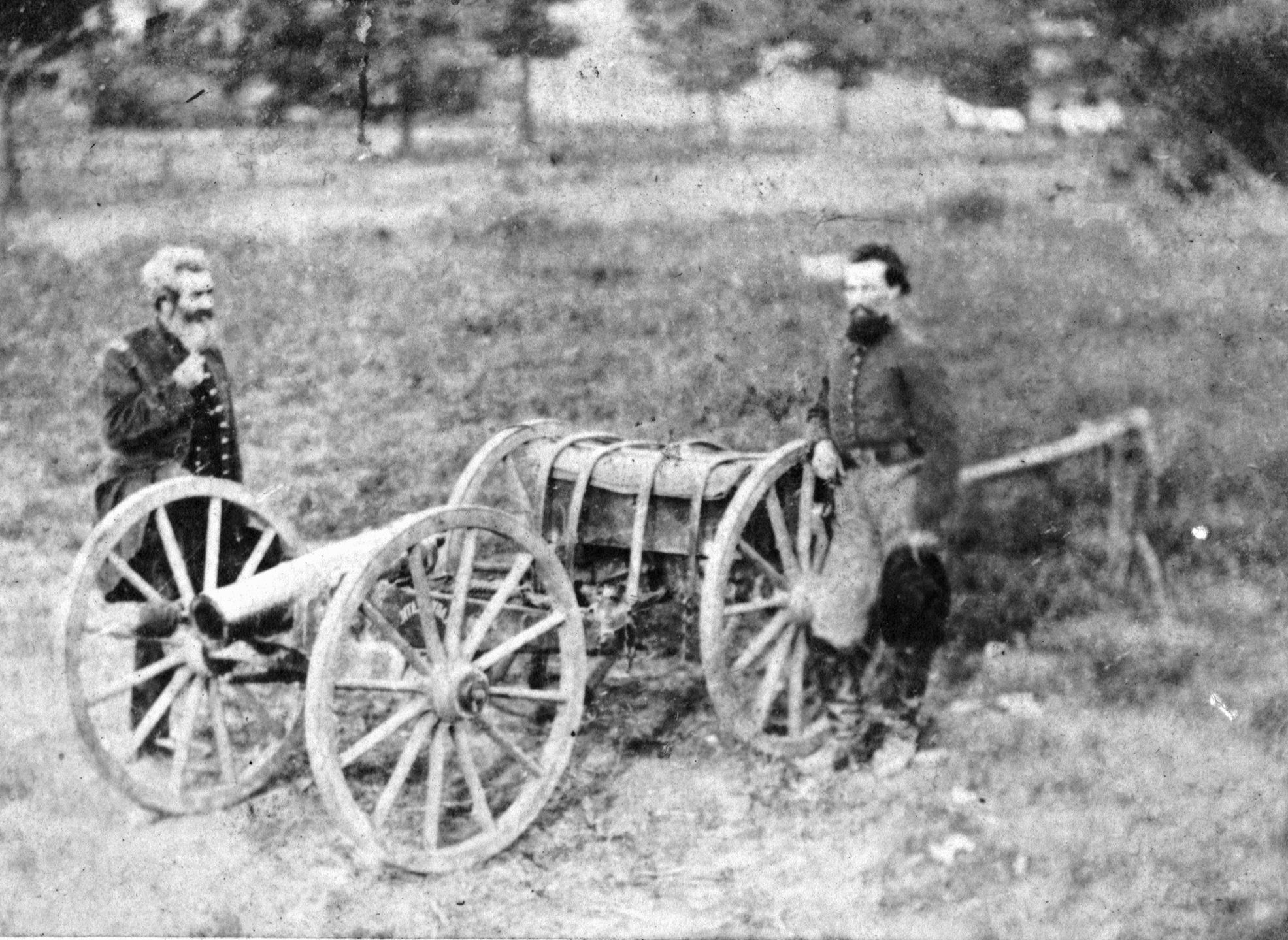
Sumner ordered that the men walk their horses every other hour to give their mounts additional rest. Some officers objected to this, but Sumner was adamant, and set the example by going on foot himself. Eventually water was found; there was grass in abundance and plenty of game. They made camp at Huckleberry Creek, whose waters flow under sands into the Republican River.
Though conditions improved, the damage to the horses was evident. Many were noticeably failing after days of little or no water, exhausting heat, and scant food. Their saddles no longer fit and saddle sores added to their woes. How would they perform now that they were deep in Cheyenne territory?
The Cheyenne were being guided by two shaman “medicine men” called Dark and White Bull—White Bull also went by a number of names like “Ice,” “Hail” and “Ice Bear.” He was only in his 20s, and during his long life he would witness, and even take part in, Cheyenne history for the next 50 years and more. But now he and Dark were considered great medicine men even though White Bull was such a young man
White Bull said that if the warriors washed their hands in a certain spring, the blue coat’s guns would be ineffective. If they did as he directed, they would see that when a trooper fired his carbine, the bullet would drop uselessly to the ground. These revelations caused a great commotion within the tribe, and confidence in battle soared. They washed in the “holy” spring with something akin to exultation. This made them invulnerable in battle!
On the morning of July 9, about 10 a.m., a Delaware scout reported seeing six Cheyenne. Colonel Sumner took this sighting seriously—thinking the main body of warriors were just ahead—and ordered the column to halt and prepare for battle. Cinching the saddles on the now-scrawny horses was paramount.
When they were ready, Sumner addressed the men directly in his characteristic booming voice, “I don’t know how many warriors the Cheyenne can bring against us, but I do know that if officers and men obey orders promptly, and all pull together, we can whip the whole tribe. I have the utmost confidence in my officers and soldiers. Bugler, sound the advance!”
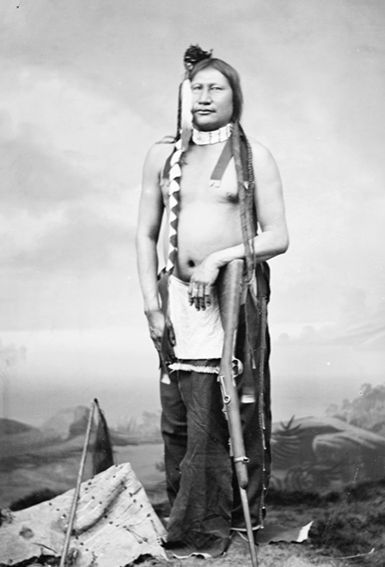
The column went forward, quickening pace as the bugler sounded the “trot.” But the four-gun battery of mountain howitzers soon became bogged down in a little creek. The Sixth Infantry foot soldiers were also left behind. This reduced Sumner’s command to six companies, a total of about 300 men. Even this number made them under strength—many were on detached duty such as leading mule supply trains or manning the artillery battery.
Sumner’s column “came down a hollow from the upland prairie, debouching into the Solomon River bottom, and Peck could see they were entering a “valley.” The waterway in front of them was probably the South Fork of the Solomon River. The Cheyenne easily crossed the river, though some caution was needed in some boggy spots, because this time of year it was only about two feet deep. Once across they spread out in full battle array, loudly and lustily singing their war songs to keep up their courage.
Still a novice soldier, Peck gazed at the mass of yelling, gesticulating warriors with something akin to awe. Their hair adorned with feathers, their faces daubed with paint, they carried lances, buffalo hide shields, and bow and arrows. A few had guns, mostly an odd assortment of makes and models. Each warrior loudly chanted his unique war song and their collective voices produced a terrible din that was frightening to hear, even as their martial spectacle was unnerving to behold.
This was reality, not boyish fantasy. One particular Cheyenne warrior caught his eye, a man who stood apart from the crowd and seemed to exhort the others. He brandished a lance, and wore a feathered war bonnet that stretched almost to the ground. Each feather represented a coup, or act of bravery in war, so he must have been a respected leader.
Peck felt the cavalry soldiers were greatly outnumbered, and started to think maybe Sumner had “bit off more than he could chew.” Sumner noticed the natives were trying to outflank him on the left, so he detailed Captain Beal and his company to deal with the threat. But now it was time for the main event; adrenaline pumping, the troopers awaited his command.
“Sling carbines!” Sumner roared, then “Draw sabers!” Sabers? It was an order that puzzled greenhorn and veteran alike. Though the men did have saber practice, soldiers felt the swords were vestigial remains of an ancient past. Most thought that there would be a volley or two from their carbines, then a full-blown charge with their revolvers.
But the troopers obeyed and 300 sabers rasped out of scabbards, the blades glistening in the sun. Sumner now called “Gallop-march!” followed by a hearty “Charge!” that came from his lips. Adrenaline pumping through their veins, the troopers charged, answering the Cheyenne calls with a loud shout of their own. The troopers held their weapons in tierce point—arm extended forward with the cutting edge of the saber facing up.
It’s speculation, but Peck recounts that the command was almost within rifle range when Sumner ordered the charge. If he had ordered a volley at this point—as most troopers expected— many of the bullets would indeed have fallen short. White Bull’s “prophecy” would have been fulfilled, and the Cheyenne might have met the charge with resolution.
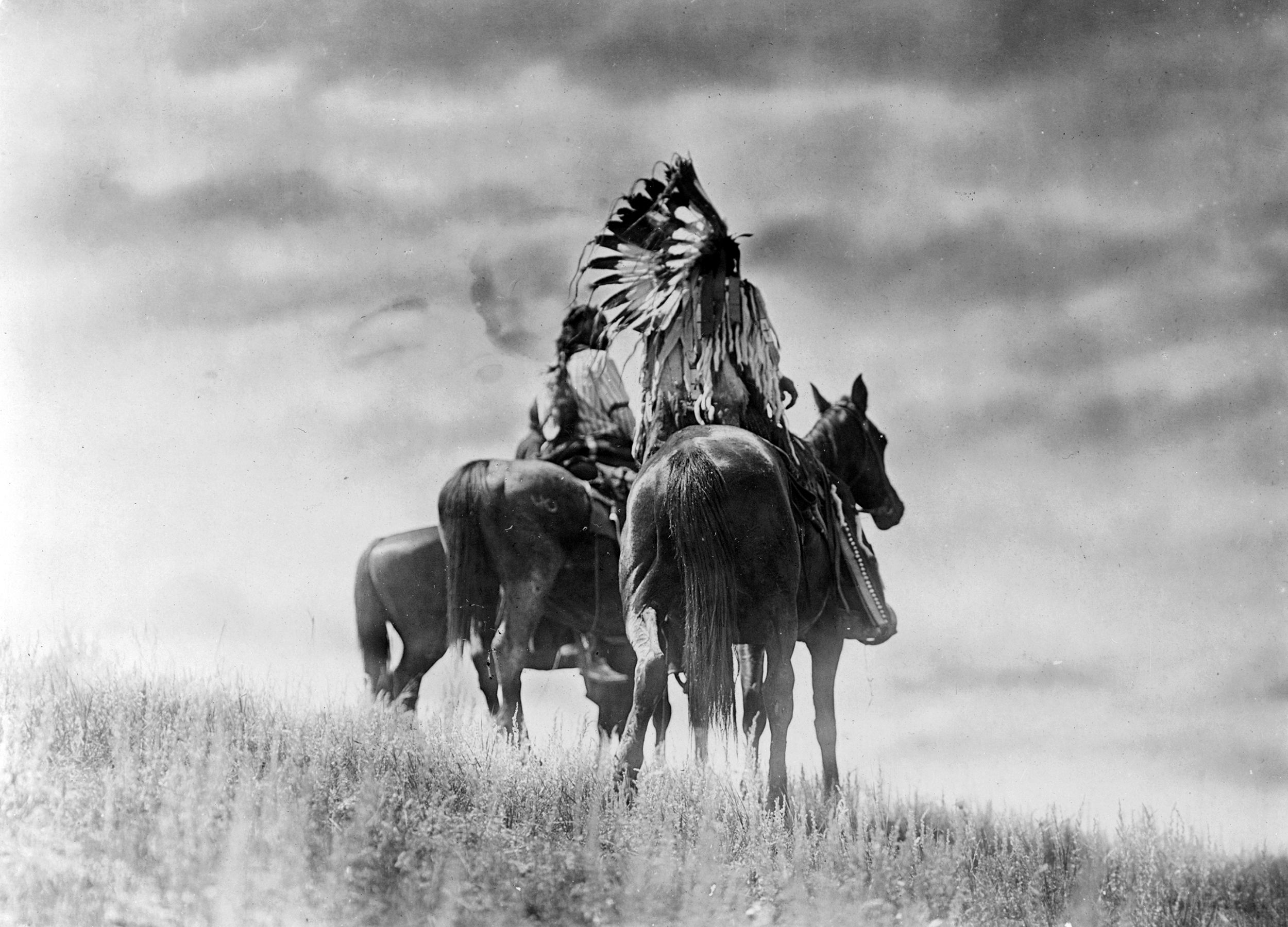
Instead, the Cheyenne seemed thunderstruck by the saber charge, something the holy men had not prepared them for. The spiritual force unleashed by the special waters was supposed to bring protection against firearms, not long knives. Courage and skill in battle were cultural norms, but these warriors were suddenly confronted with something abnormal.
Did the white men have some new, great “medicine” with these sabers? Did Maheo, the Great Creator spirit, favor these bluecoats, at least for the moment? When confronted with superior “medicine,” the Cheyenne did not feel it was dishonorable to run—which they did, scattering in every direction. Moments before their hasty departure some of the natives let loose with showers of arrows, but for the most part refused to stand and fight
The cavalrymen pursued their quarry for five to seven miles, but were not successful in bringing many to bay. The fatigued cavalry mounts could not keep up with the fresh Cheyenne horses. Some fighting took place between small groups, but there was no general engagement. Some Cheyenne had lost their mounts and a few others stayed behind as a kind of unofficial rear guard.
There were probably many of these smaller, sometimes hand-to-hand fights, but most were unrecorded. One exception is the fight between Private Rollin M Taylor and a dismounted Cheyenne warrior. Taylor had been closing in on the native when his horse stumbled on a prairie dog hole, throwing him. As he catapulted to the ground he lost his revolver, but somehow kept his saber.
Now that the tables were turned, the Cheyenne lost no time in launching several arrows at Taylor while he lay on the ground. One slightly wounded him in the shoulder, while a second arrow went through his hat, wounding his scalp, and almost comically parting his hair. Rushing forward, the warrior tried to stab Taylor with his knife, while parrying the trooper’s defensive saber blows with his bow. Taylor’s saber cut through the bow and delivered a deep cut in the man’s right shoulder.
Bleeding profusely, the warrior staggered and fell down. Taylor ran him through with his saber. The dying Cheyenne made signs asking his adversary not to let anyone scalp him after death. Taylor readily agreed, and the warrior died. True to his word, when a Pawnee tried to scalp the Cheyenne, Taylor angrily threatened to saber him. The Pawnee left without a scalp.
Private Martin Lynch, Company A, was one of the few troopers killed by the Cheyennes. Ironically, he had been detailed to guard the mule pack train, but was determined to join his company in the charge. He left the pack train, his horse galloping furiously, but the mare got a little too close to a group of Cheyennes, who launched a rain of arrows in his direction. Lynch was hit by several of them, one piercing his heart. After he tumbled to the ground, they shot him with his own revolver, but were forced to retreat when a group of cavalry arrived on the scene, so he was not scalped.
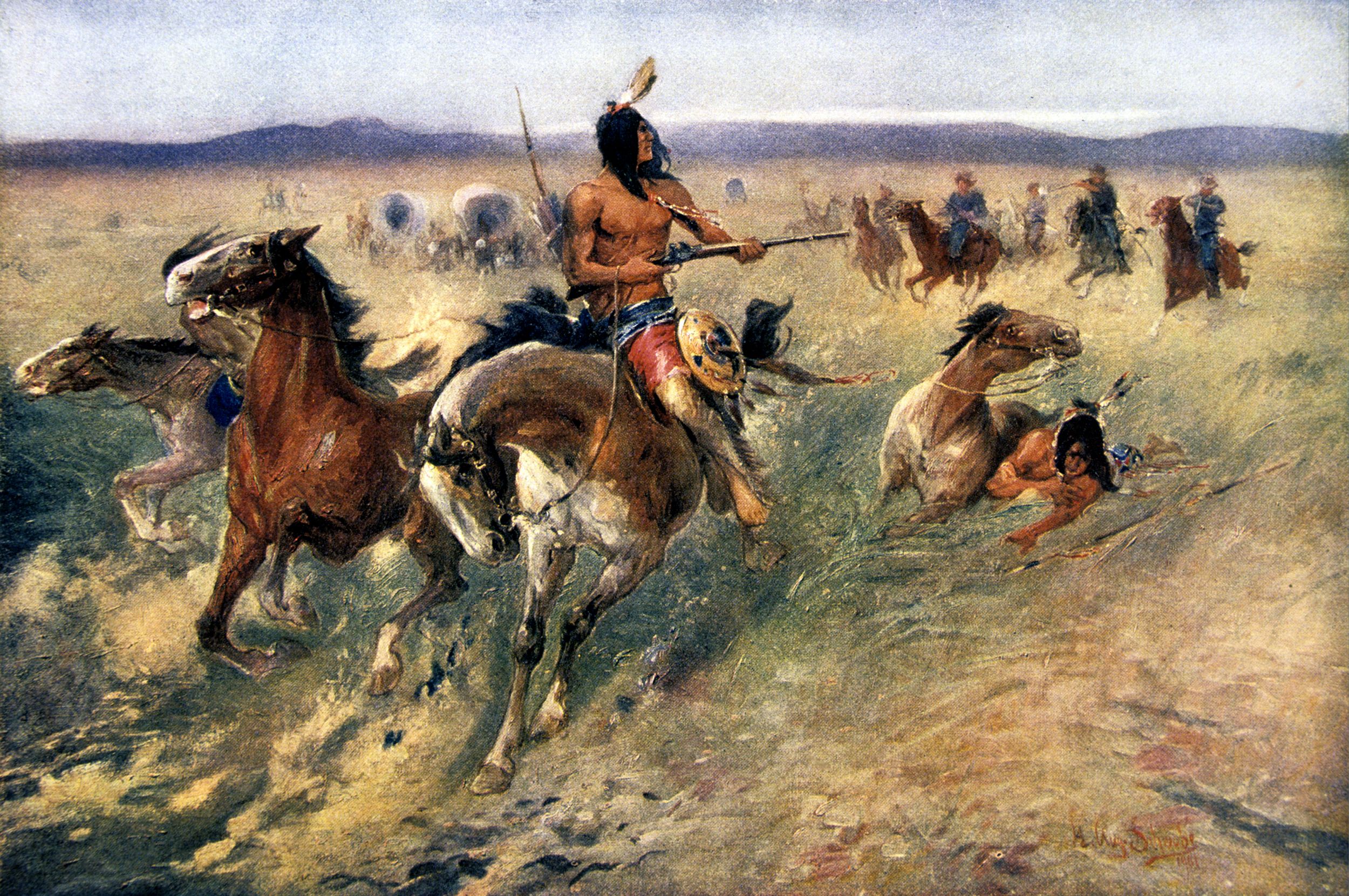
Conventional wisdom said a Cheyenne warrior would rather fight to the death than surrender. Private Peck noted that one able-bodied warrior did surrender, much to the amazement of all. Later, the Pawnee scouts requested the prisoner so they could torture him to death in a scalp dance. Sumner rejected the notion with disgust., even when the Pawnee offered him a string of fine horses in payment. The Cheyenne prisoner reportedly escaped later.
The Battle of Solomon’s Fork was over. Sumner’s command sustained two dead and twelve wounded. Lieutenant J E B Stuart, later a Confederate general, was one of those injured. The exact number of indigenous casualties is unknown. Cheyenne sources say three dead, other sources say nine or more. The casualties of those small ground encounters remain unknown, and some mortally wounded Cheyenne probably died in the trail.
The Cheyenne remained elusive, and the next 20 days or so was an exercise in futility. About 15 miles from the battlefield the cavalry came upon the Cheyenne village, intact but devoid of people. Something like 171 lodges were filled with buffalo robes and all sorts of goods, but all signs showed the village had been abandoned in haste. The troopers looted the lodges with what they needed, and the remainder was put to the torch.
It took 23 days of unrelieved misery to march to the Arkansas River. The hard campaigning was taking its toll, even among the younger troopers like Peck. Food rations grew short, until both men and horses were in dire straits. The main source of food was the dwindling herd of Texas longhorns. Generally one a day was butchered to provide meat for the command—but as time went on even the ration was reduced.
There was little or no game in the area, so the starving men had to be satisfied with whatever they could find. “On another occasion,” Peck admitted, “a polecat [skunk] was killed and we ate it.” There was also a time when his company had a “grand feast of wolf meat.” If a horse or mule gave out, the Colonel ordered it shot for consumption. Peck also recalled a bizarre meal of “stewed buzzard.”
Eventually they got resupplied, and the campaign was officially over. The First Cavalry troopers by now were in a very ragged condition. Looking more like scarecrows than soldiers. Peck later wrote that some of the men were ironically attired in Indian clothing taken from the abandoned village. First Sergeant Arlington, the fashion plate “dude” of the regiment, now had “a pair of moccasins, Indian leggings over a pair of dirty drawers, no trousers, an old stable frock for shirt, no (blue) jacket, and a handkerchief bandana tied around his head in place of a hat.”
The Battle of Solomon’s Fork was the first major encounter with the Cheyenne, but it would not be the last. Private Peck came back from the campaign as a seasoned soldier. After his five-year hitch he became a wagon master for the U.S. Army, and though a Kentuckian he stayed with the Union in the Civil War and admitted his first vote was for Lincoln. But nothing he experienced later could match his first adventure during the 1857 campaign.
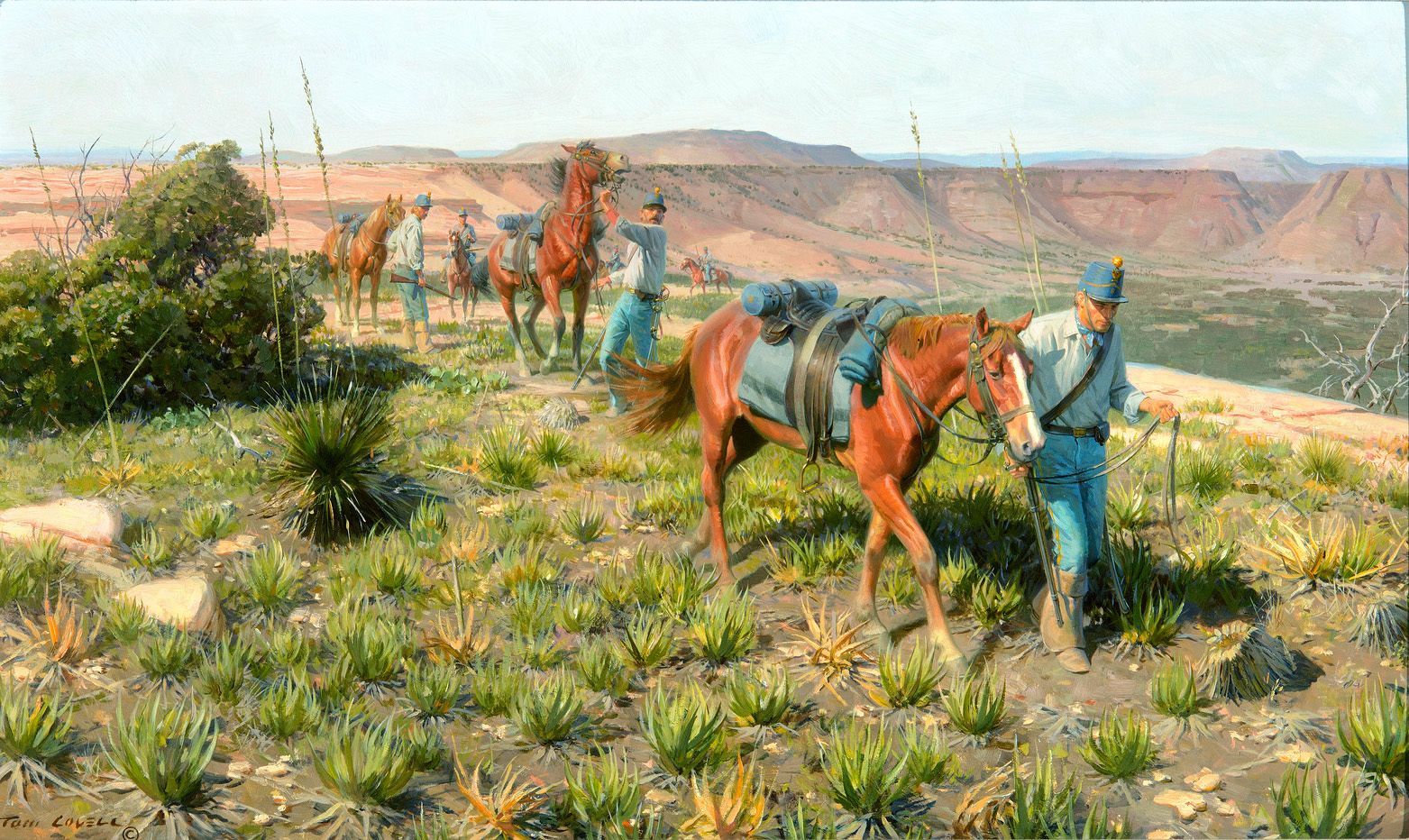


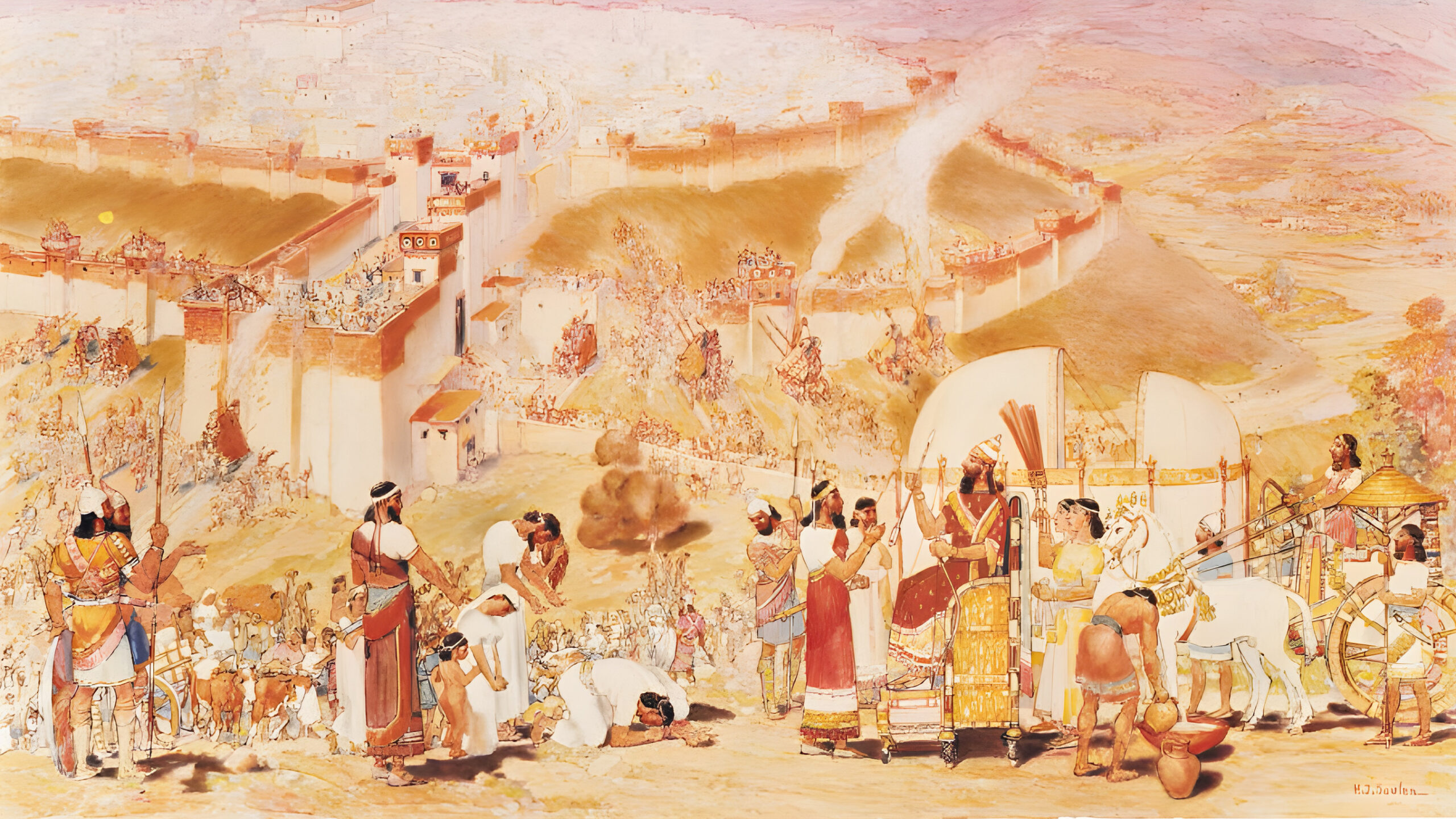
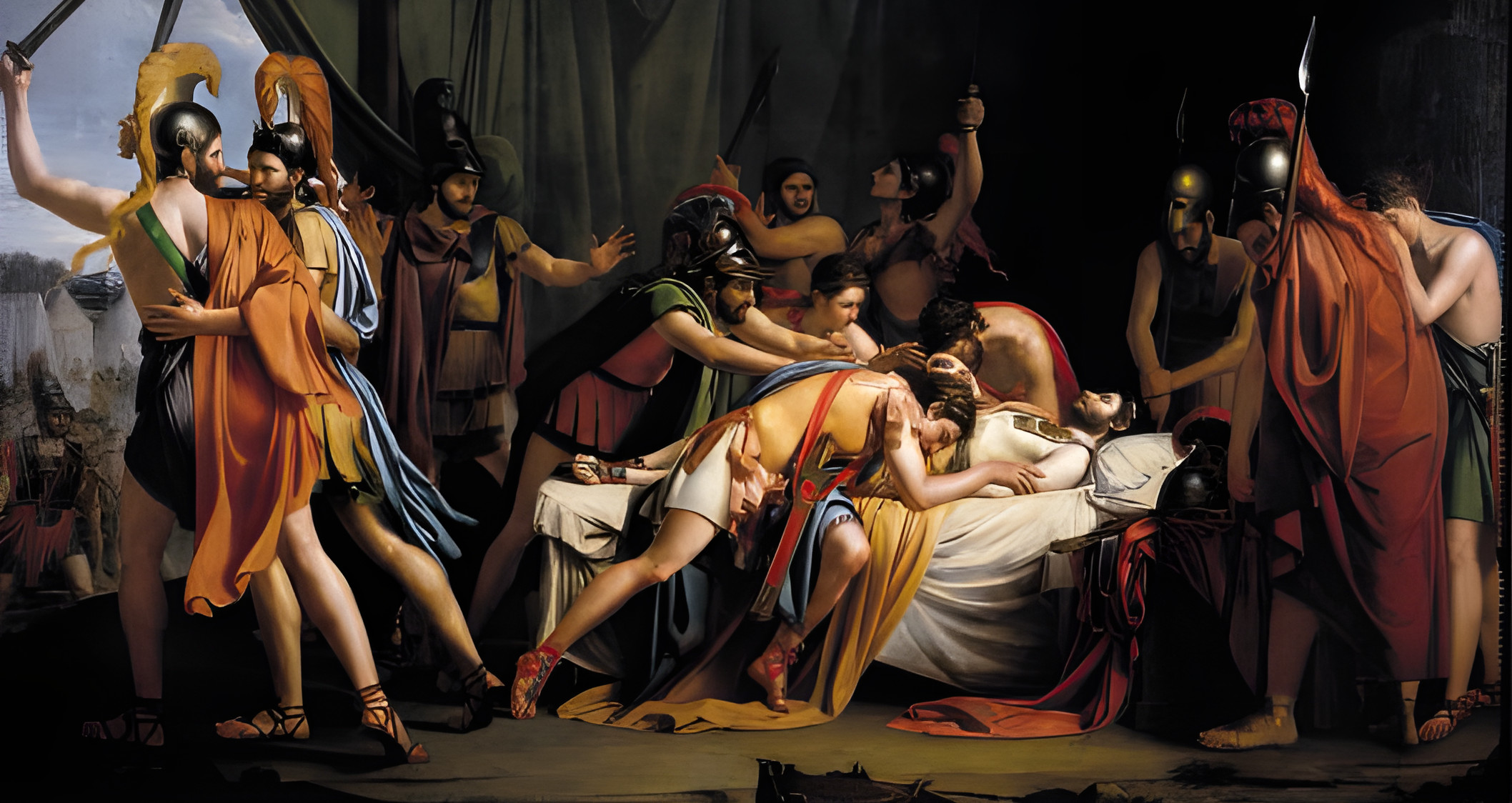
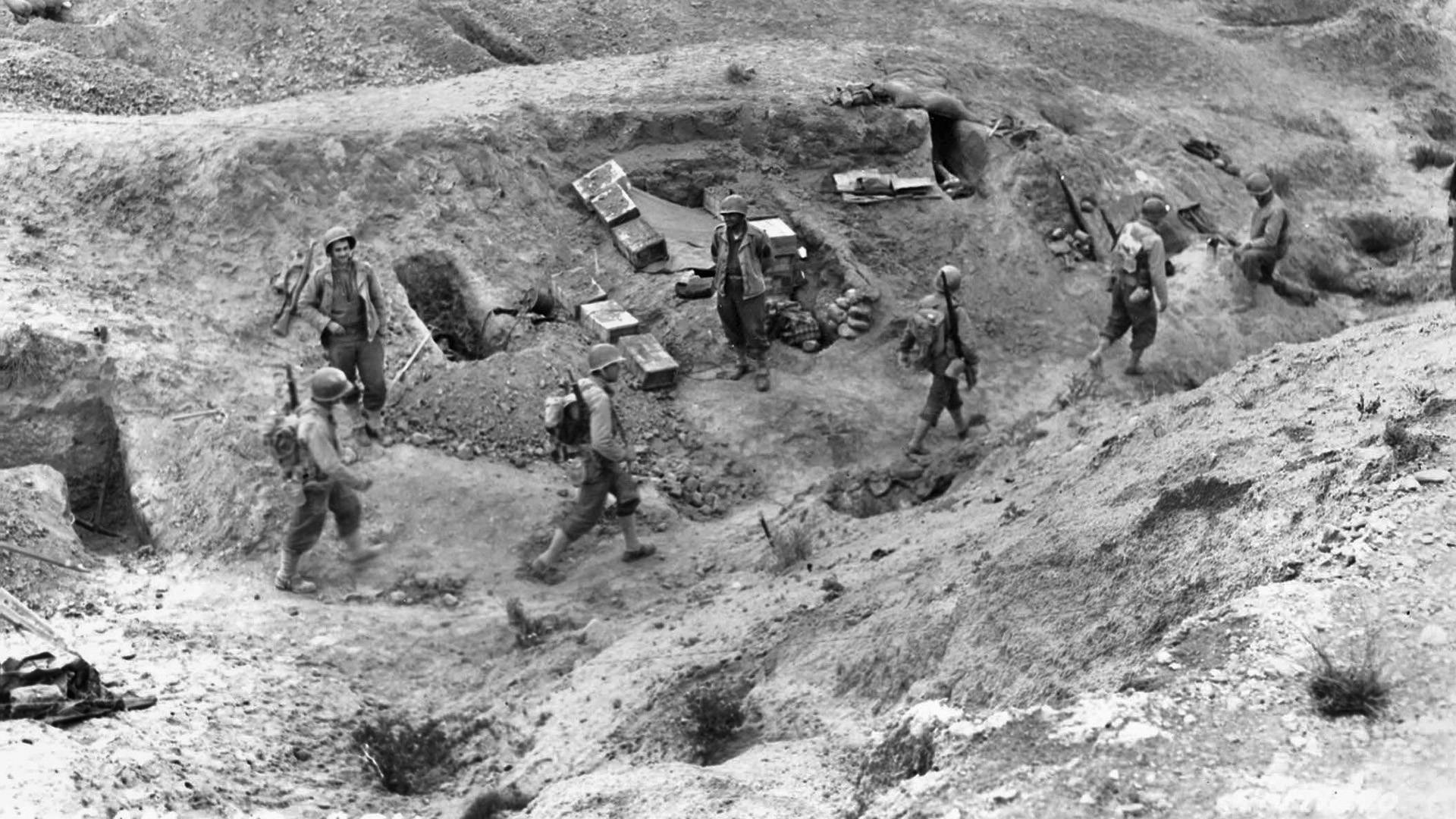
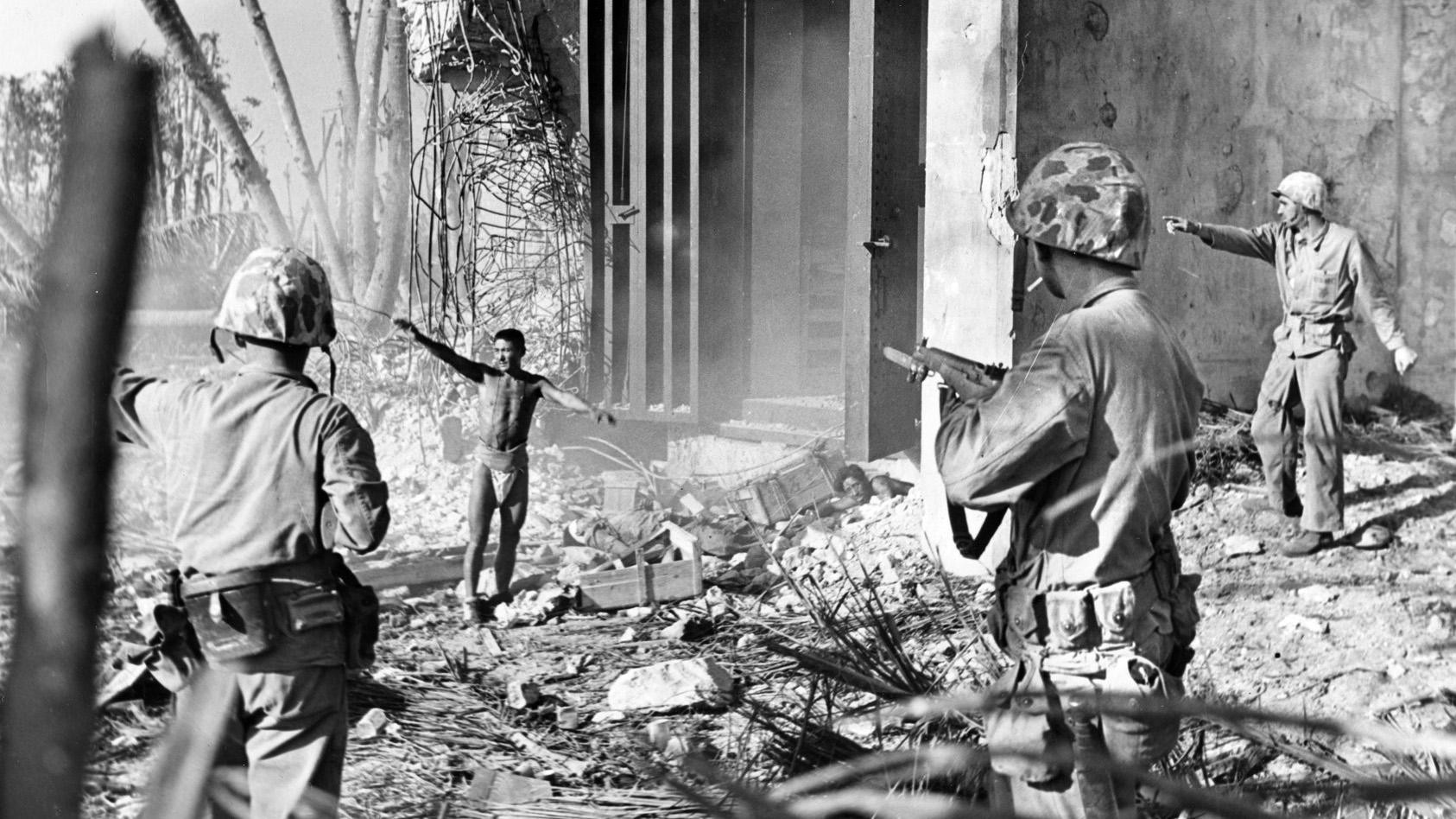
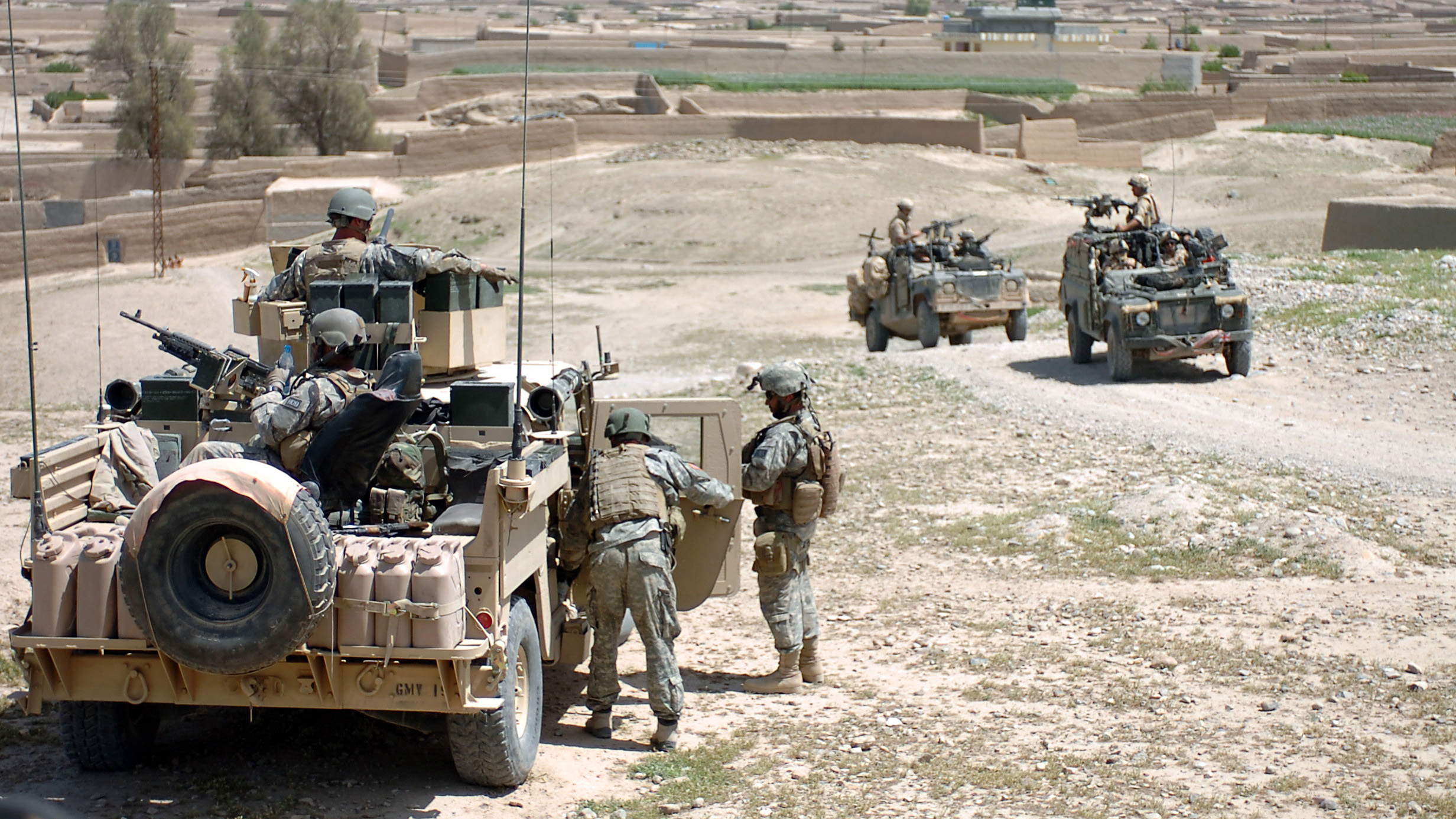
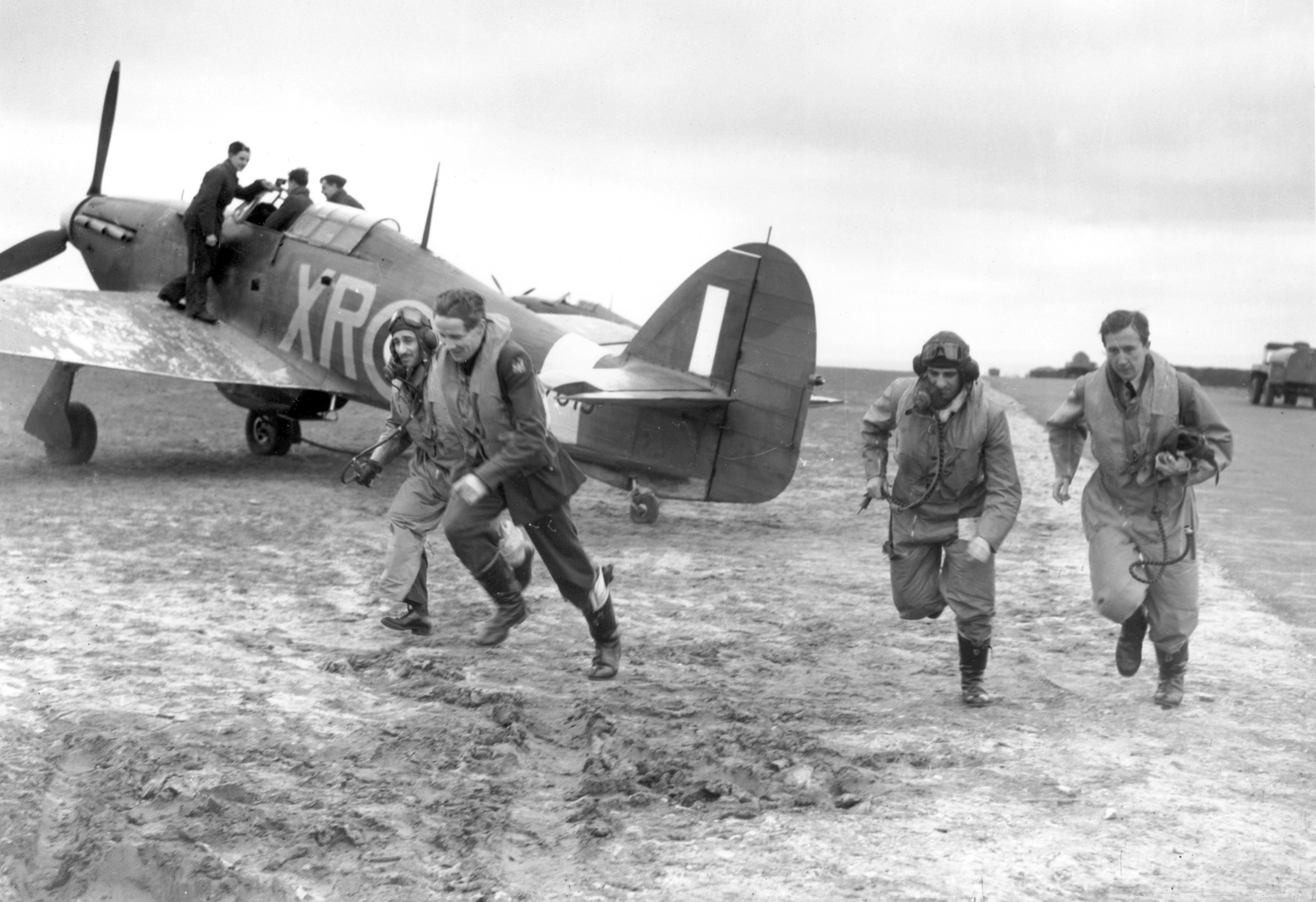
Join The Conversation
Comments
View All Comments